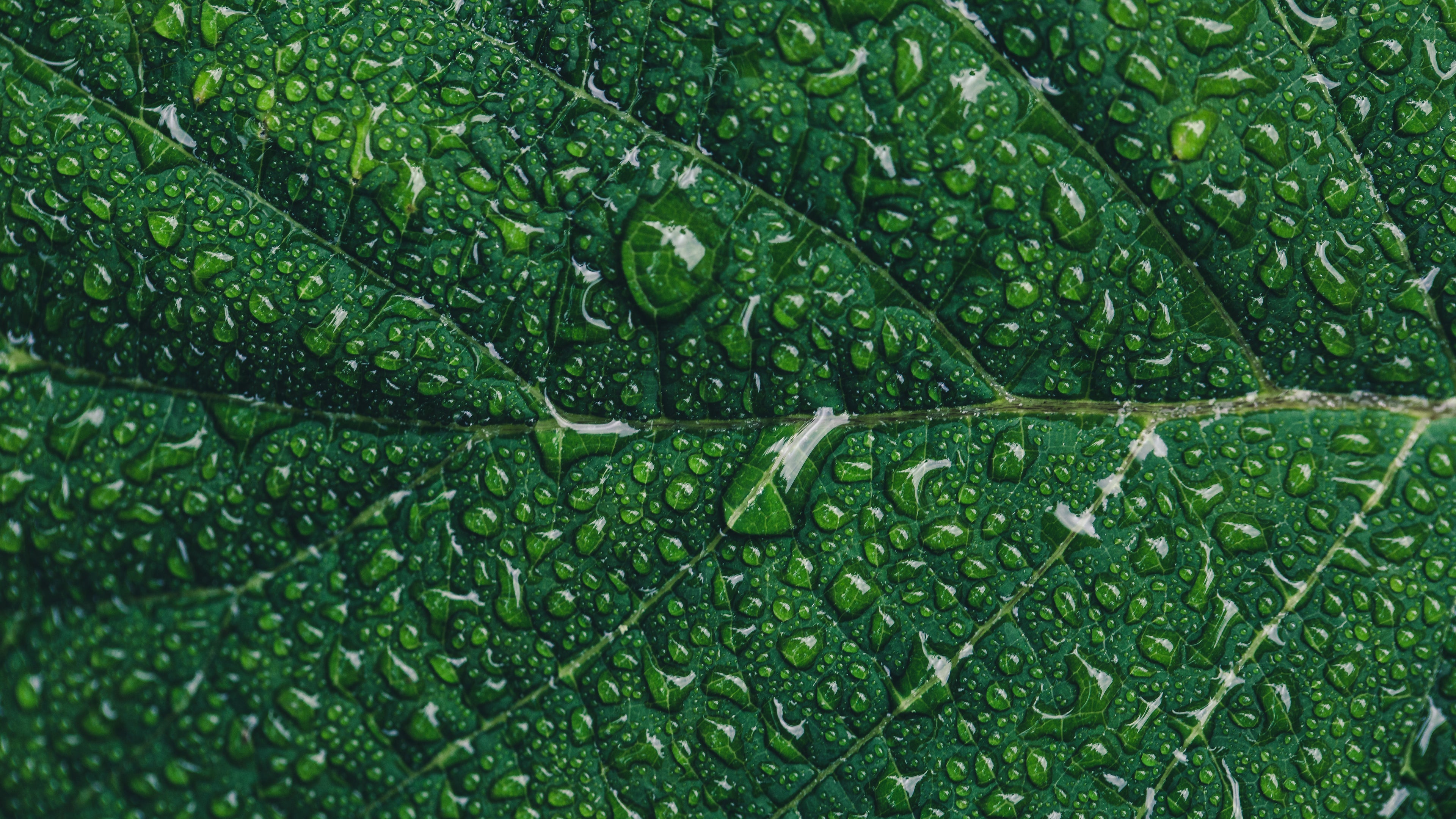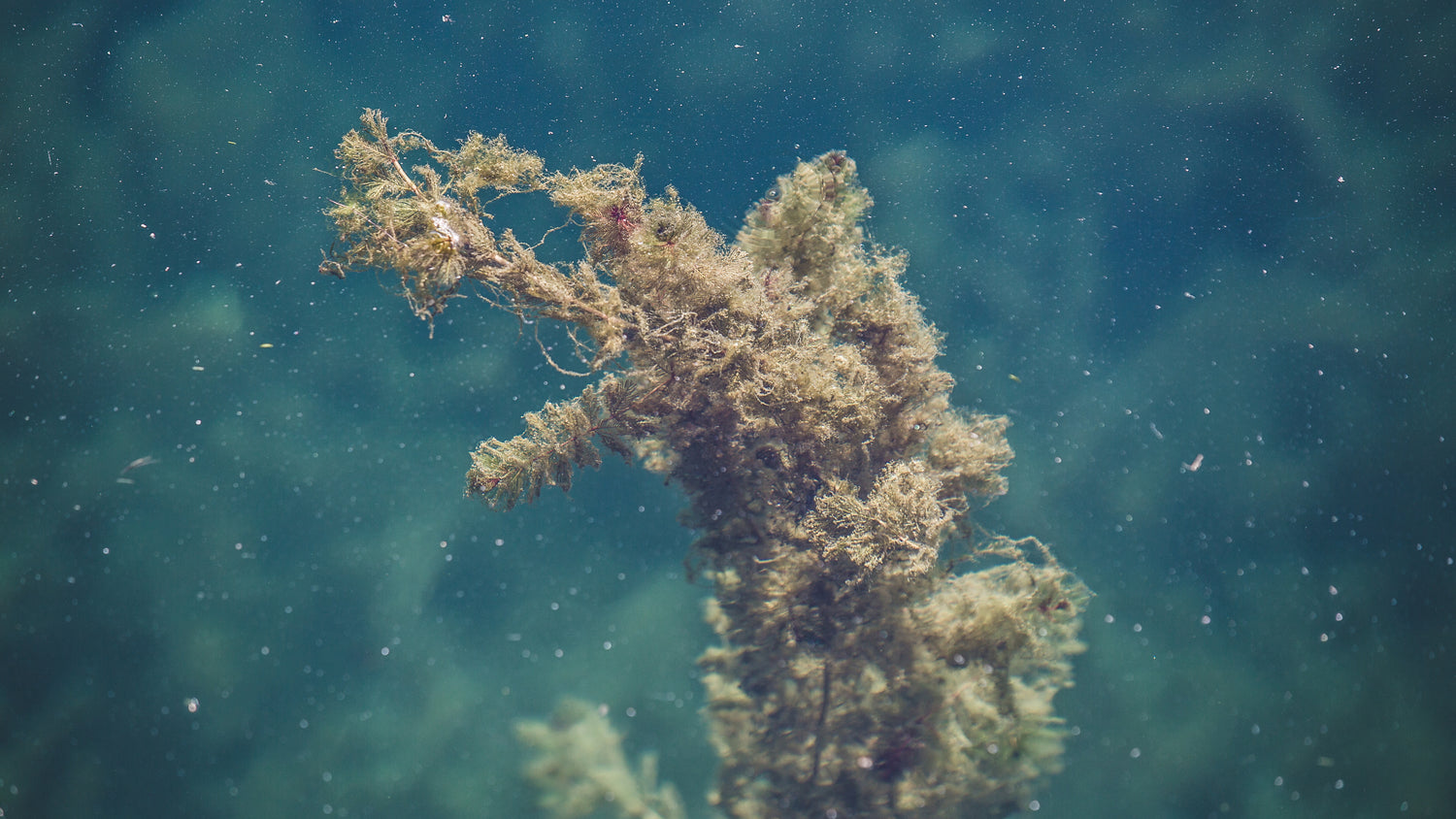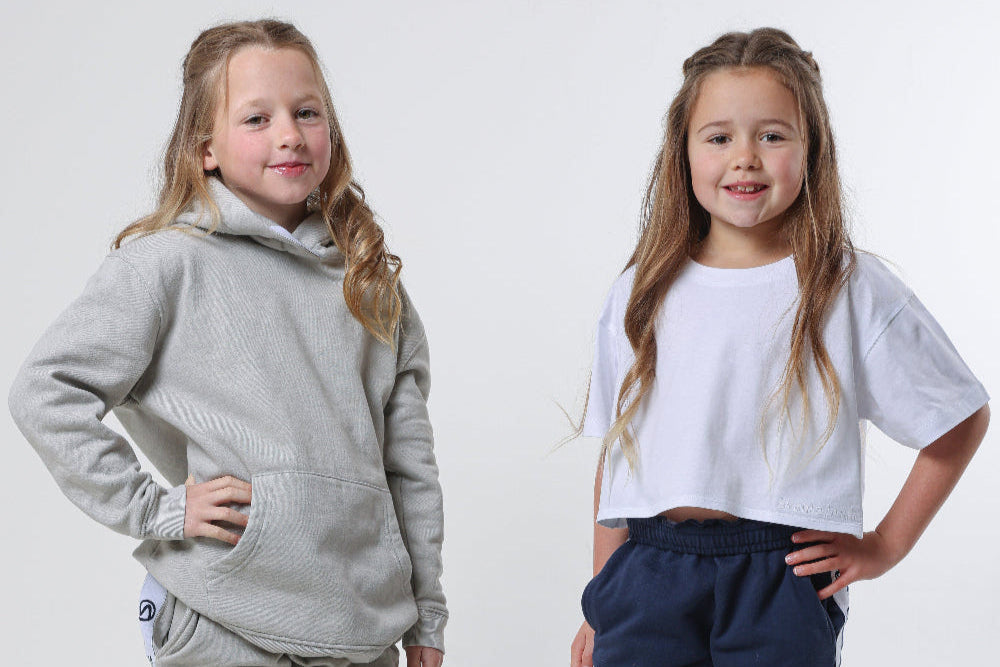

Every. Drop. Counts
Water is one of our planet’s most precious resources.
For too long the fashion industry has been a major contributor to water waste and pollution.
By choosing natural materials, Svante significantly cuts water use
Measuring & Reducing Our Water Impact
As a startup, we commit to tracking our water footprint and setting reduction targets as we grow.
Our products will use at least 25% less water than polyester equivalents.
By 2027, we aim to introduce a circular water strategy, ensuring responsible usage and supporting water restoration projects.
SVANTE & Water
Natural Fibres like Organic Cotton use up to 91% less water than conventional cottons.
Regenerative agriculture increases water retention in soil by up to 40%, reducing the need for irrigation.
Tencel fibres used by Svante recycles 99% of the water used in a closed-loop system and use 10-20 times less water than standard cotton.
Promoting Water-Conscious Consumer Habits: We will educate customers on how to care for their garments in a way that reduces water waste (e.g. washing less often, using cold water).
We aim to develop low-impact, biodegradable laundry guidance to minimise water pollution from washing.
Polyester production consumes 5.4 trillion litres of water annually, contributing to water scarcity.
By choosing natural fibres we significantly cut water use, protect clean water sources, and help sustain global freshwater supplies.

Svante Water Commitment
As A Start-Up
We may not have the resources of big corporate brands, but we believe that transparency and clear, achievable goals can still drive real impact.
Here’s where we start:
Prioritising Rain-fed and Low-Water Fibres.
We aim to source regenerative and organic cotton and other natural based fibres from regions that use rain-fed irrigation, reducing reliance on freshwater sources.
By 2030 our cotton supply chain will be fully mapped and measured to identify suppliers with the lowest water impact.

Svante Partners
Water Conscious
Working with Water-Conscious Dyeing & Processing Partners
We will only work with dyeing facilities that recycle and treat wastewater to prevent pollution.
By 2028/29, We aim to ensure 100% of our dyed fabrics come from facilities using water-efficient dyeing methods.








